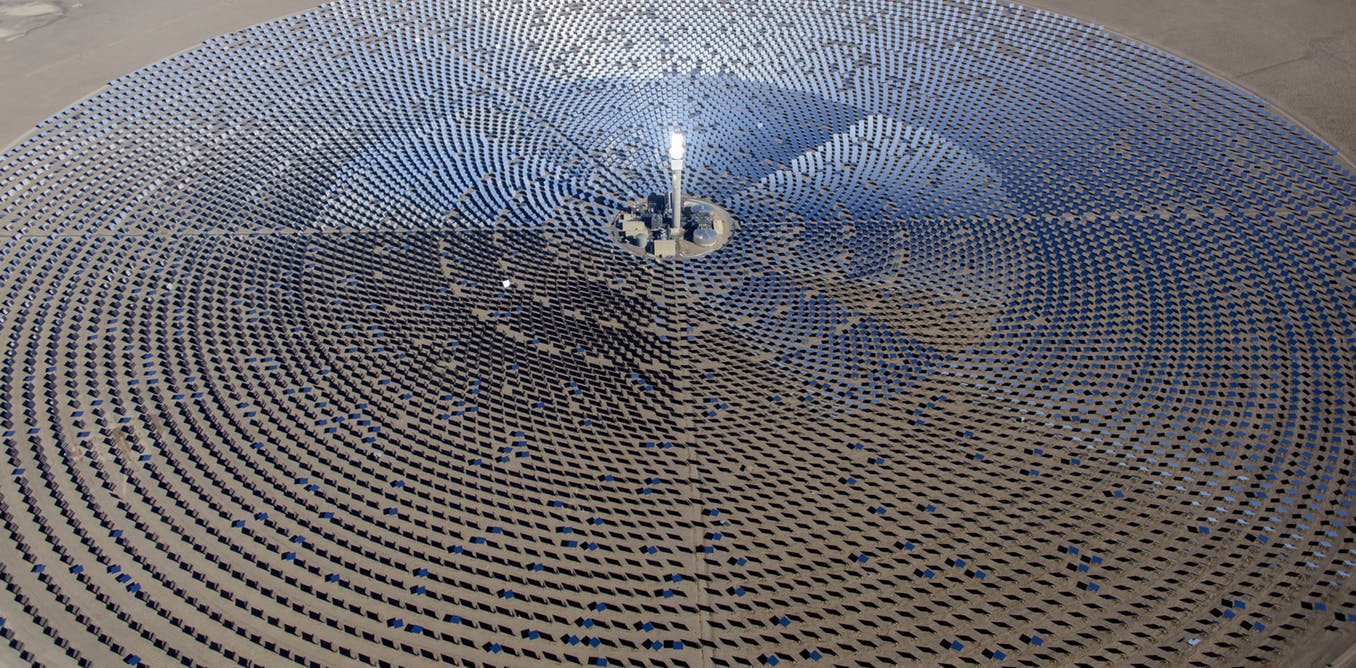Each year, the City is invited to submit for consideration projects qualifying for the State’s Metropolitan Regional Road Group (MRRG) grant program for road rehabilitation works. The closing date for the 2022/23 financial year programme submission is the 23 April 2021 and the successful projects funded will be announced in December 2021.
Each financial year, there is a maximum limit of $950,000 grant money that the City can apply for in relation to the MRRG sites and the contribution criteria is based on a two thirds/one third split (MRRG/City).
Following consideration at the meeting of the Finance, Policy, Operations and Legislation Committee of the Council on 14 April 2021, it appears that this year the City of Fremantle will apply for MRRG grants totalling $1,079,116, to permit the upgrade of portions of four City of Freo roads during 2022/23.
Site 1 – Lefroy Road, Beaconsfield, both directions between Edmund Street and Caesar Street, including Curedale Street roundabout – Foam Bitumen Stabilisation at a cost of $710,226.

Site 2 – Winterfold Road, Samson, Eastbound 35m East of McCombe Avenue to 10m East of Property 114 – SAMI Seal, 35 mm DGA Overlay and minor reconstruction works at a cost of $89,312.

Site 3 – South Terrace, Fremantle, both directions 25m North of Alma Street to 50m North of Russel Street, including Wray Avenue roundabout – Foam Bitumen Stabilisation at a cost of $168,574.

Site 4 – Carrington Street, WGV/O’Connor, Southbound 15m north of Hughes Street to Property 188 – Foam Bitumen Stabilisation at a cost of $111,004.

Additionally, City officers have also assessed each site for opportunities for improvement, maximising the efficiency and cost of works, as well as minimising the impacts to the community. These opportunities for improvement seek to address outcomes adopted by Council in the Integrated Transport Strategy 2015, the Bike Plan 2019-2024 and the Access and Inclusion Plan 2016-2020. The following opportunities for improvement have been identified for the 2022/23 works.
Site 1
• Improvements to all pram ramps on Lefroy Rd and side roads (between Edmund Street and Caesar Street) including widths, gradients & tactile pavers for pedestrian accessibility.
• The addition of median refuges (where missing) from all Lefroy Road pedestrian crossings for pedestrian safety.
• Widening of existing median islands and the addition of grab rails to improve pedestrian safety.
• The addition of Bicycle Awareness Zone (BAZ) symbols to the section of Lefroy Road currently not wide enough to support bicycle lanes (between Edmund Street and Curedale Street roundabout).
• Renewal of (and addition where missing) of green bicycle paint to the bicycle lane conflict points (intersections/busy crossovers like Fremantle College entrance and exit).
• The addition of some added protection/separation to the Lefroy Road bike lane.
• The addition of street tree planting.
Site 2
• Renewal of Winterfold pedestrian crossing at McCombe Avenue including new tactile pavers for pedestrian accessibility.
• Improvements to bicycle lane road on-ramp (mainly visibility).
• Replacement of damaged kerbs.
• Inclusion (where missing) bicycle friendly drainage grates.
Site 3
• Improvements to all pram ramps on South Terrace (between Alma Street and Russell Street) including widths, gradients & tactile pavers for pedestrian accessibility.
• Renewal of (and addition where missing) of green bicycle paint to the bicycle lane conflict points.
• Renewal and addition of BAZ symbols.
• Renewal of decorative concrete to roundabout.
• Soft landscaping opportunities to roundabout.
Site 4
• Renewal of Hughes Street pedestrian crossing, including new tactile pavers for pedestrian accessibility.
• The addition of a median refuge to Hughes Street pedestrian crossing for pedestrian safety.
• Address the blackspot accident hazard (right turns from Hughes Street on to Carrington Street), by banning the right hand turns with a new island.
Each of these additional opportunities will be explored during the detailed design process and ,where feasible, will be added separately to the budget request in the 2022/23 financial year for consideration by Council. These additional opportunities will not be covered by the MRRG grant, as that is specifically intended for road rehabilitation.
Just to set suspicious minds at rest, the MRRG grant program has been created to provide the basis of an unbiased approach to determining the condition and importance of potential grant funded rehabilitation sites.
Each site is assessed using the approved accumulative points scoring system that considers road condition, surface age, volume of traffic and number of heavy vehicles using the road.
Sites are inspected and condition ratings carried out, in accordance with the current MRRG Rehabilitation Guidelines (January 2019). All traffic lanes are inspected. Each site’s score is reviewed and a visual condition point’s score table is produced to ensure that they are suitable projects for final submission.
The existing road profile and deflection survey is also conducted for all sites and this determines the recommended road treatment.
The following criteria apply to all MRRG rehabilitation submissions:
• All district distributor A and B roads are eligible for funding with no required minimum number of vehicles per day (vpd).
• All local distributor roads carrying greater than 2000 vpd are eligible for funding.
• Access roads are not eligible for funding.
• A pavement investigation and structural design is required for all submissions.
The whole process occurs under the watchful eye of Main Roads WA.
We will look forward to discovering the outcome of the City’s submissions later this year







